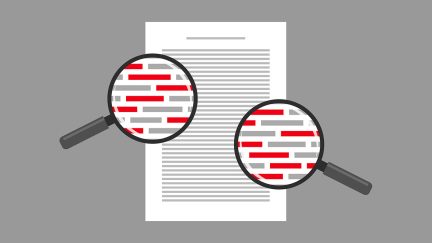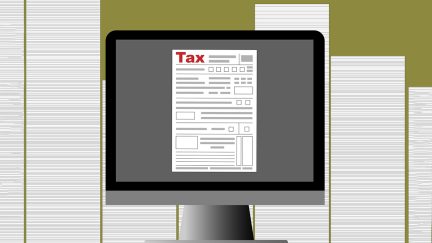For more stories like this, sign up for the PLANADVISERdash daily newsletter.
IRS Addresses Agreements to Rehire Retirees
As such, these participants would not be eligible for early retirement benefits, and the practice would put the DB plan at risk of disqualification, Towers Watson reports in its Insider newsletter.
To retain employees eligible for early retirement subsidies — particularly those with specialized skills or knowledge — plan sponsors often look to phased retirement options, Towers Watson explained. One such option has been allowing participants to retire and begin receiving their benefits with the understanding that they will be rehired a short time later.
The IRS’ private letter ruling should serve as a warning against this practice. Specifically, the ruling suggests that simply requiring the “retired” employee to wait for some period, such as 30 days, before restarting employment may not meet the requirements, at least not where there is a pre-termination re-employment understanding between the employer and the plan participant. The ruling also suggests that the IRS will not consider a change in status — such as from employee to independent contractor — to constitute termination from employment.
Towers Watson notes, while private letter rulings are directed to a specific taxpayer and do not constitute legal precedent, they often reflect the broader thinking of the IRS on an issue. Although formal guidance might not specifically prohibit the practice the multiemployer plan was proposing, plan sponsors interested in such arrangements should seek guidance from their legal counsel before proceeding.
According to Towers Watson, the ruling was requested for a multiemployer pension plan in "critical" funded status that was proposing to eliminate all subsidized early retirement benefits under its rehabilitation plan. The plan administrator was concerned that, after becoming aware of the upcoming change, eligible participants would retire early and possibly en masse to avoid losing the subsidies.
To avert that outcome, the sponsor wanted to give these employees up to 60 days before the change took effect to elect to retire — thereby locking in the value of the early retirement subsidy — and then return to work. While returning to work would suspend the early benefit payments, the so-called early retirees would be entitled to the subsidized benefits upon their later “real” retirement. Under the proposal, employees would have been permitted to “retire” on one day and return to work within a week, sometimes the very next day. The plan sought a ruling from the IRS before going ahead with its proposal.
While the IRS ruled against the idea, the ruling notes that employees might qualify for subsidized early retirement benefits at age 62 under IRS rules for in-service distributions, if the plan so provides. Under IRS regulations, pensions may pay out benefits only after retirement (or after the employee reaches normal retirement age or age 62), and working fewer hours does not constitute retirement.
You Might Also Like:

Required Amendments for Qualified Plans, 403(b)s Issued by IRS

IRS, Treasury Explain How to Open ‘Trump Accounts’

Maximum Benefit and Contribution Limits Table 2026
« J.P. Morgan Proposes Strategy for Managing DB Sponsor Risk